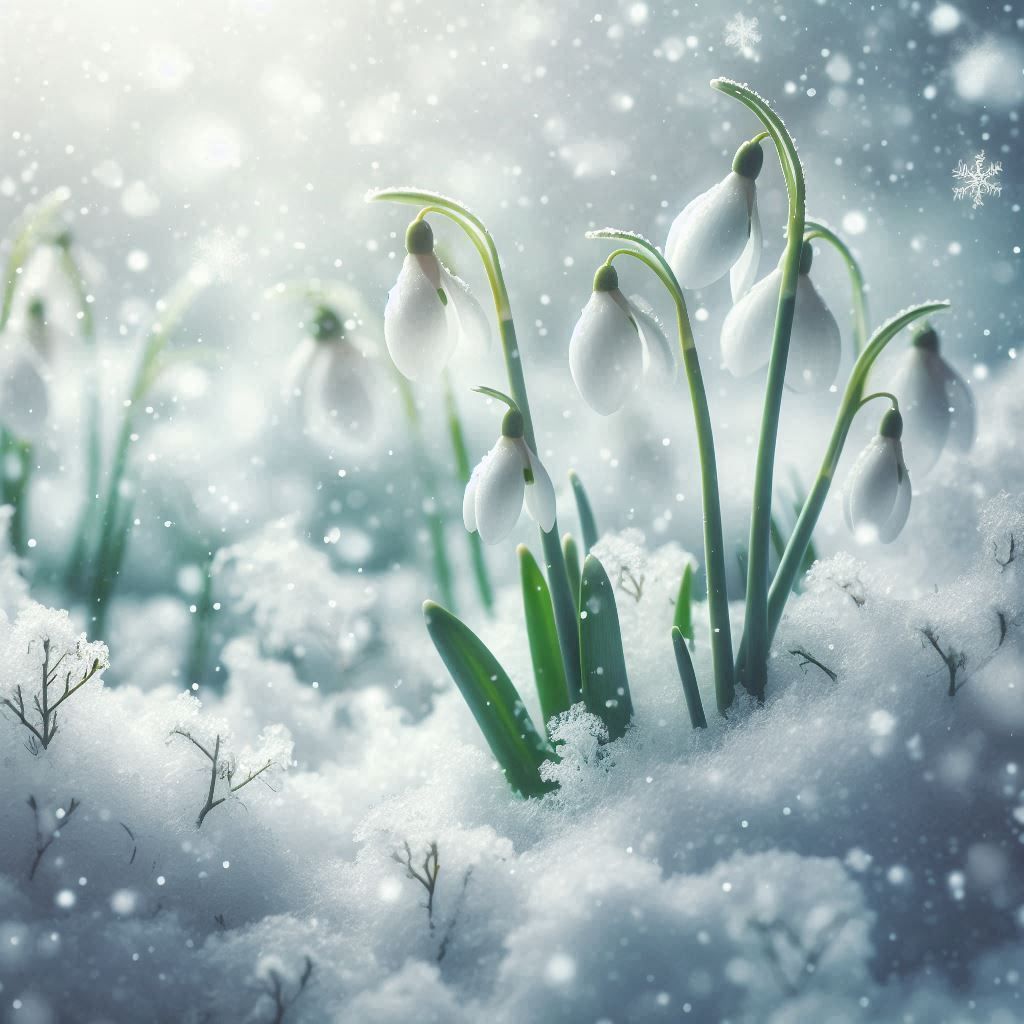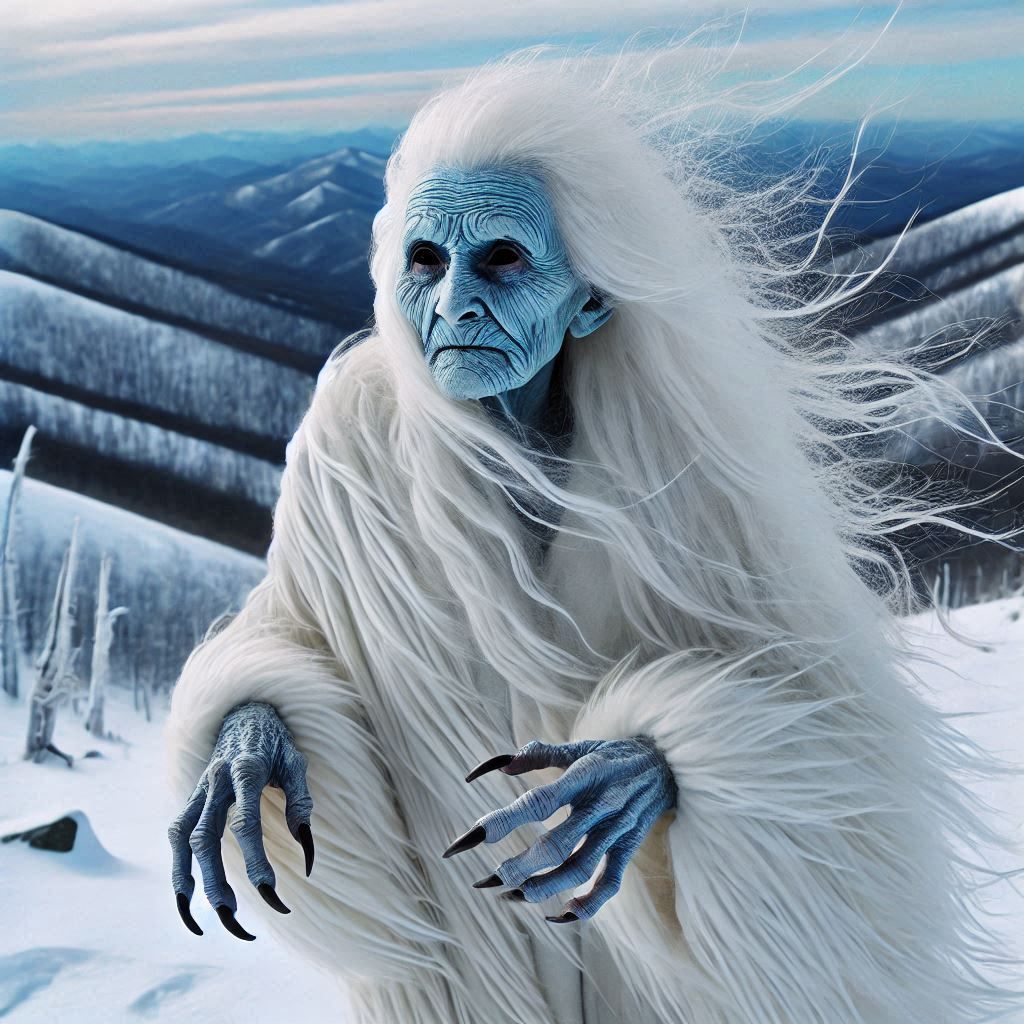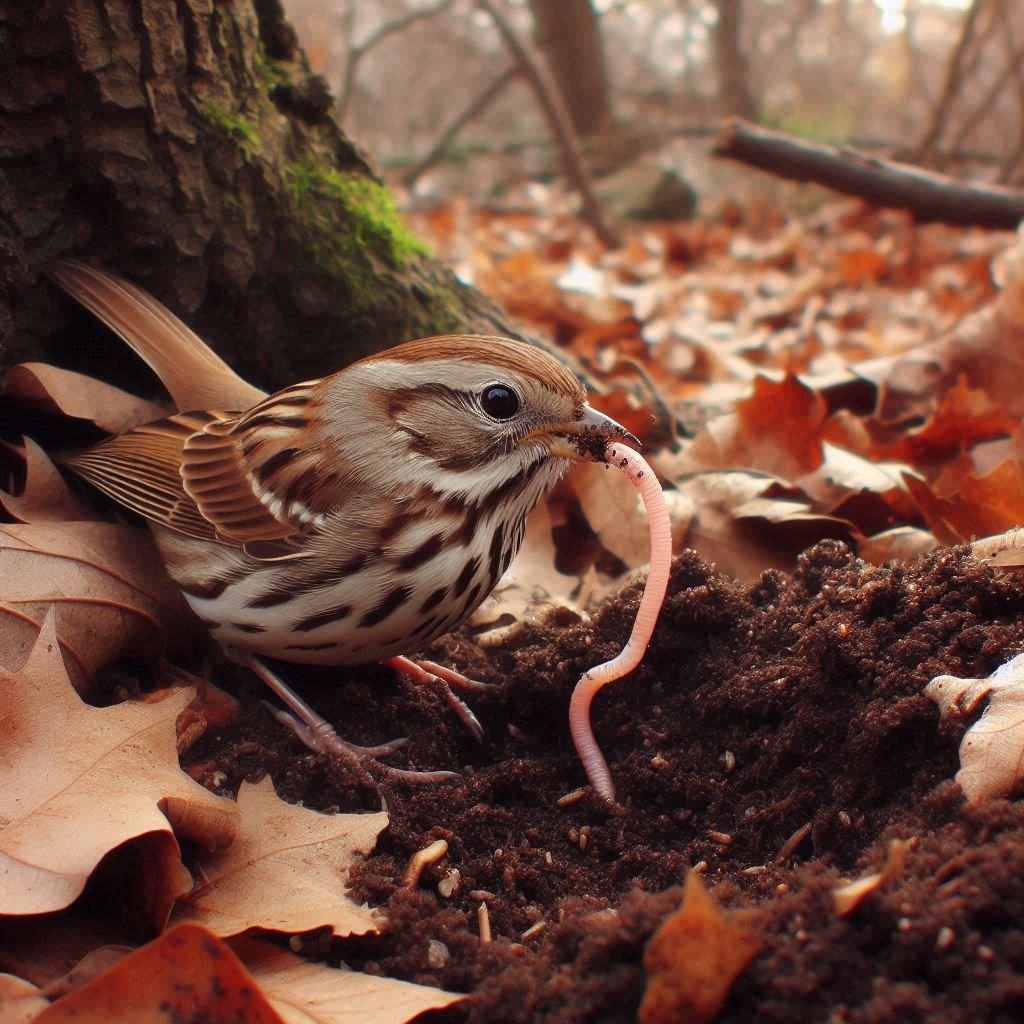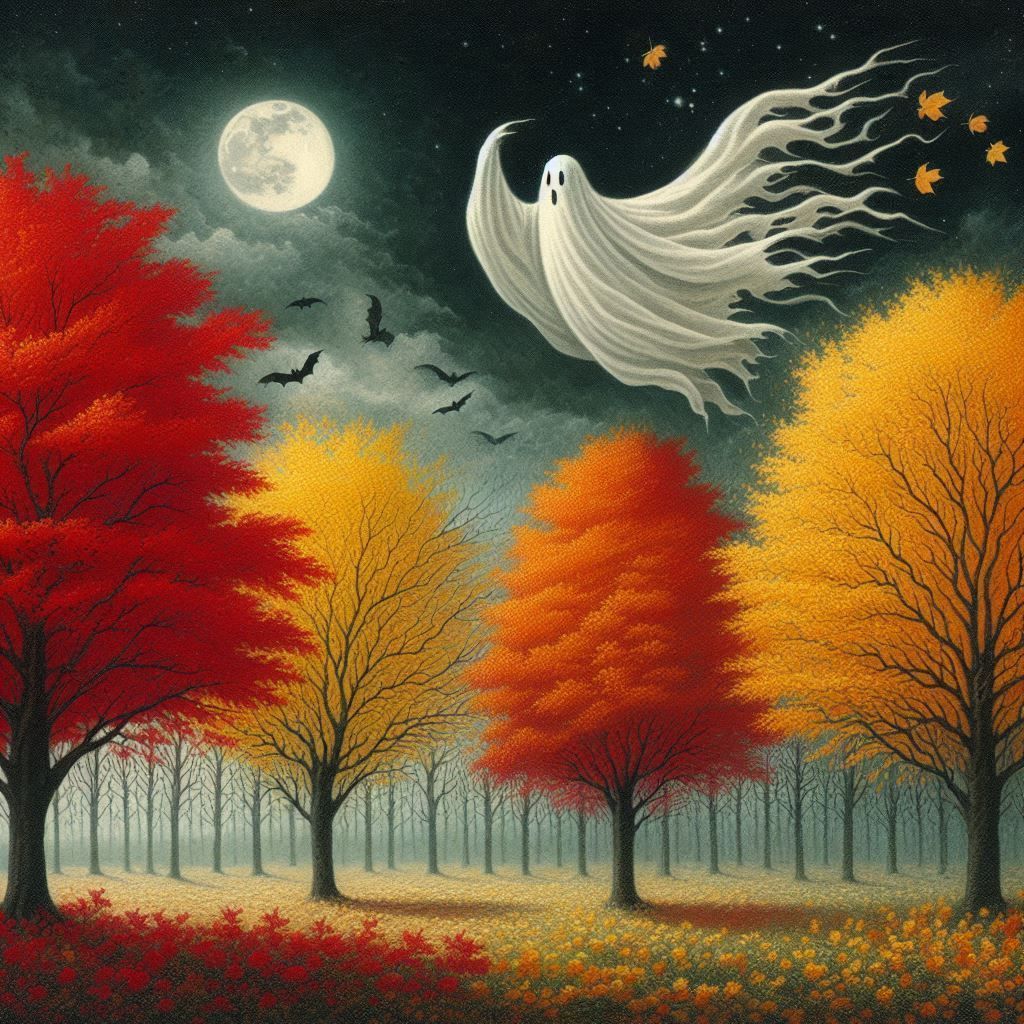The Trees and Me
I came across some amazing facts about honey the other day, and that made me think of Olga Olinda.
I have mentioned Ol-Ol before, but perhaps she bears repeating. She is the oak tree who stands on the side of the road close to the entrance of Lightfall Hollow. A battered, gnarled, and hollowed-out oldster, her gaping trunk and bony limbs arch backwards so drastically, she looks like she is in hysterics. Whether crying hysterically or laughing hysterically depends upon my mood. But one thing is ever certain and the same. Ol-Ol is my oak tree, and I love her.
When I was a girl, Ol-Ol’s hollow trunk was my sanctuary to curl up, observe Earth’s spinning with its skies of day and night, wonder, and dream. I must have dreamed ten thousand dreams while nestling inside Ol-Ol.
Afterwards, upon departing, I would press my face against Ol-Ol’s rough bark and give her a good-bye kiss. She always smelled of buckwheat honey.
So eventually I named her Olga Olinda. Olga is the Slavic form of the Norse name, Helga. It means “holy one.” Whereas Olinda in Latin means “fragrant one.” While in Spanish, Olinda means “protector.”
Olga Olinda suits her then. Because Ol-Ol has certainly been all three of those things for me.
Although these days no matter how hard I press my face up against her, Ol-Ol no longer smells of buckwheat honey. It makes me worry about her. It makes me worry about me even more. Have I really grown so far apart from the sensitive child who was wholly aware, perceptive, and had perfect rapport with the natural world?
It is a depressing question. Yet, I take heart from the fact that Ol-Ol is now home to honeybees. They have made their hive in the wood of her hollow. I like to think this means that Ol-Ol has fulfilled her destiny, and although it also means I can no longer curl up inside her, lest I interfere with honey production and get stung in the process, the thought of Ol-Ol completed cheers me.
There will never be another Ol-Ol. None can take her place. Nonetheless, there are other trees here at Stone Harvest and Lightfall Hollow whom I have personified, imagining them as though they have human qualities and are my friends.
There’s Mabel. I wrote about her previously too. She was the big, old maple tree outside my cabin’s front door who was downed in a windstorm. All that remains of her at present is a jagged piece of empty trunk, the shape of a heart embedded in the bark. Which is proof enough for me that the best part of Mabel is still here lending support.
I’ll be decorating Mabel for Halloween soon. Two life-size, ivory skeletons in brightly colored wigs posed to look like they are climbing out of Mabel’s dark void and having a rollicking good time doing so. The wigs and merry poses are because I do not do scary decorations. Halloween is the one holiday when a person gets the chance to make light of death, and I refuse to miss out on such a wonderful opportunity.
Wilton is another of my tree friends. He is a weeping willow. My mother and I planted Wilton when I was toddler. We did so by sticking two tiny sprigs my mother had cut from a friend’s city tree in the soggy ground at the far end of the pond.
The urban shoots took to country life with a passion, growing in wild abandon. Somewhere along the line, I named both as one. Together, they became solely Wilton.
I don’t know why I did that. They are obviously two individual trees. Perhaps my naming them as one reflects some inner longing for oneness. As well as an intuitive understanding that all things are essentially one.
In any case, Wilton grew to be a magnificent giant. He became my strong and handsome Heracles (aka Hercules). Like the hero of Greek and Roman mythology did for the Titan, Atlas, Wilton has carried, however briefly, the weight of my world upon his broad shoulders. True to both our natures, we have wept together, and our closeness has comforted me.
Wilton and I have had our happy times too. Years ago, I hung a hammock between his two trunks and thereafter spent many a fine hour swinging in time to the wind and the swaying of Wilton’s long, slender branchlets of silvery green leaves.
But no more. Today, Wilton is well past his prime. His appearance is no longer magnificent. Piece by piece, he is falling apart. The thick, sturdy limbs I hung my hammock from are gone. As are quite a few others. Once strapping Wilton is now scrawny. Once elegant Wilton is now a mess.
When one particularly massive hunk of Wilton fell, it was caught by a black walnut tree named Liam. The impact caused the ground covering the roots of Liam to push upwards and form a heap, like a burial mound. A grave reminder that time grows short.
Be that as it may, all is not lost. Growing near Wilton are three of his offspring. All are doing well. It is feasible that someday they will be as magnificent as Wilton. It is even more feasible that, as children are inclined to do, they will surpass him.
The three little Wiltons remind me of what I tell myself when I get frightened and despairing about present bad happenings and the evil they could bode for the future. That life, since life began, has always existed on the brink of chaos and extinction. Yet somehow life goes on.
A younger tree friend is Ruby. She is a red maple. Several decades ago, I brought her homes to the hollow as a sapling from a local nursery. I planted her on the bank of the pond, about one hundred feet from Wilton. She has done well there and is currently a full-grown, shapely beauty. Although her posture is not the best. Ever since I can remember, Ruby does not stand straight but leans forward in Wilton’s direction. Realistically, this is because she is trying to get as much sun as possible, but I like to pretend it is because she is keeping a concerned and protective eye on my beloved Wilton.
Closer to the cabin, standing in between the back deck and the pond, is a shagbark hickory named Hickman. He is a lovely tree, but at this time of year, I consider him way too close for comfort. Because in the fall, Hickman typically releases the hundreds of hickory nuts he has been producing since spring. The nuts, encased in a hard husk about the size of a golf ball, hit the deck with a loud thud. Many a knock on the head I have had thanks to Hickman’s indiscriminate liberations. Many a sleepless night I have had thanks to his rackety emancipations.
On the contrary, the squirrels love Hickman. Especially in autumn when they gorge themselves on the fruits of his labor. In fact, this fall hardly any intact hickory nuts bombed the deck. They were picked and eaten within Hickman’s branches before he could set them free.
To the unenlightened in the wicked ways of squirrels, this new development in Hickman’s story might be considered good news. It is not. Since, as I have sadly discovered, squirrels are sloppy chewers. As the careless rodents feasted for days on end this past month, torrential downpours of nut crumbs fell on my freshly power washed and weather protected deck. Countless of those nonchalantly spat morsels tightly lodged in between my deck’s wood boards where the only way I know to remove them is to dig them out with a steak knife. Which I have not yet done. But I guess I had better lest, come this winter, a scurry of hungry squirrels decides to dine on their fall leftovers and as hors d’oeuvre, munch upon my deck.
Moving past those ever-pesty squirrels to around the corner and outside my front porch, until a couple of years ago, standing shoulder to shoulder were two lanky spruce conifers, their branches gently touching, like they were giving each other affectionate pats. I named them Bruce and Spruce. They had been planted in the fifties by a member of my father and uncle’s hunting camp. Like Ol-Ol, Mabel, and Wilton, they were trees I grew up with and played beneath. When it was obvious their time had come, it was hard to let them go, but when they went, I took solace in that they went together, like the inseparable companions they were. We should all be so lucky.
Stone Harvest’s only conifer now is Sherwin. Sherwin is an eastern hemlock tree. He was a birthday gift from a dear friend ten years ago. My husband planted him in my secret garden, and except for voracious deer stripping him of his lowest branches one winter, he is flourishing mightily. He has grown tall enough that I can spot him from my cabin’s front windows, a particularly stirring sight during snowstorms when Sherwin bows like a gentleman, takes the snow in his branches, and dances through the storm. Again, we should all be so lucky.
Sherwin is also my trace of pristine Pennsylvania before lumber barons robbed the state of most of its hemlock and white pine forests. While now we are losing large numbers of hemlocks to the woolly adelgid, a non-native, invasive insect. What a horrible thing it will be if hemlocks become extinct in Pennsylvania where they have been the state tree since 1931.
As for the eastern white pines, they too are under attack. A weevil, along with several kinds of fungi are killing many. I wish I had a white pine at Stone Harvest to cherish and, like Sherwin, take me back in time. But I don’t. So I visit them at Pennsylvania’s state parks. Shawnee State Park has some that are surely as towering as the colossi of old, and Laurel Summit State Park has a forest with many small but growing white pines in its understory. Some of the taller hardwoods in that forest have been cut to allow sunlight to reach the white pines. This is because, according to the Pennsylvania Department of Conservation and Natural Resources, white pines tolerate shade when they are seedlings. However, as they continue to grow, they will eventually die if not “released to the light.”
I found this fact about white pines fascinating, and I can relate. In my mind, it is analogous to raising children. Good parents shelter their young children in a protective shade. But great parents ultimately release their kids to stand in the light and grow to their full potential.
Although I have not come even close to naming every Stone Harvest and Lightfall Hollow tree, they all mean something personal to me. I think of them together as my guardian angels. Like all guardian angels, at least to my way of thinking, they do not protect the part of me that is physical. Rather, they protect my spirit. They breathe new life into me, and they keep hope alive. Not because I am special. But because I am human.
I believe what I recently read on a StoryWalk put on by the Bedford County Library in Shawnee State Park. (StoryWalk is a program that displays book pages along outdoor walking trails.) The quote comes from the first line of a children’s book, Outside, by Deborah Underwood. “Once we were part of outside and outside was part of us. There was nothing between us.”
Trees are a big part of my outside. And my inside too. That’s what my naming, personifying, pretending, wild imagining, and making up tall tales regarding trees is honestly all about. I’m trying to get back to the soul of a child.
Why? I’m not sure. Could be I just want another whiff of buckwheat honey.
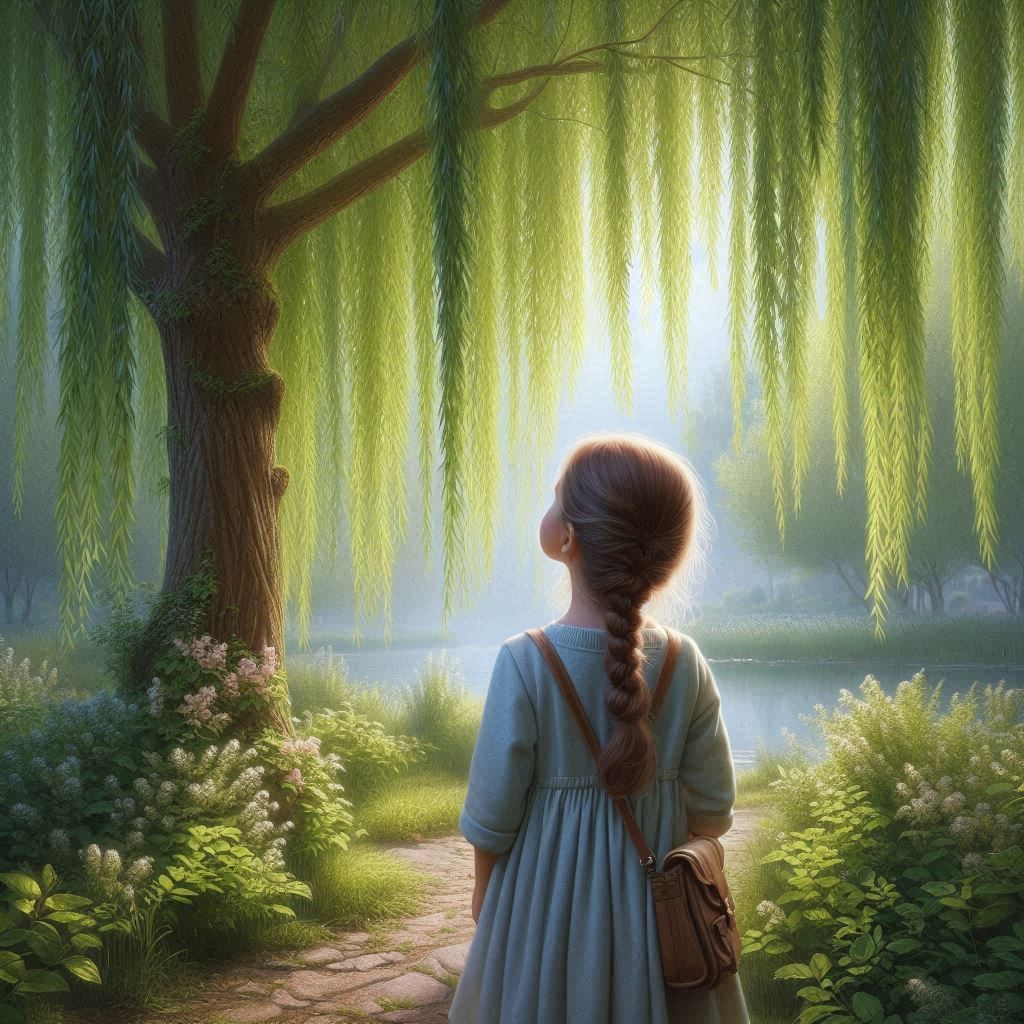
Credit: Bing Image Generator
Share this post via



